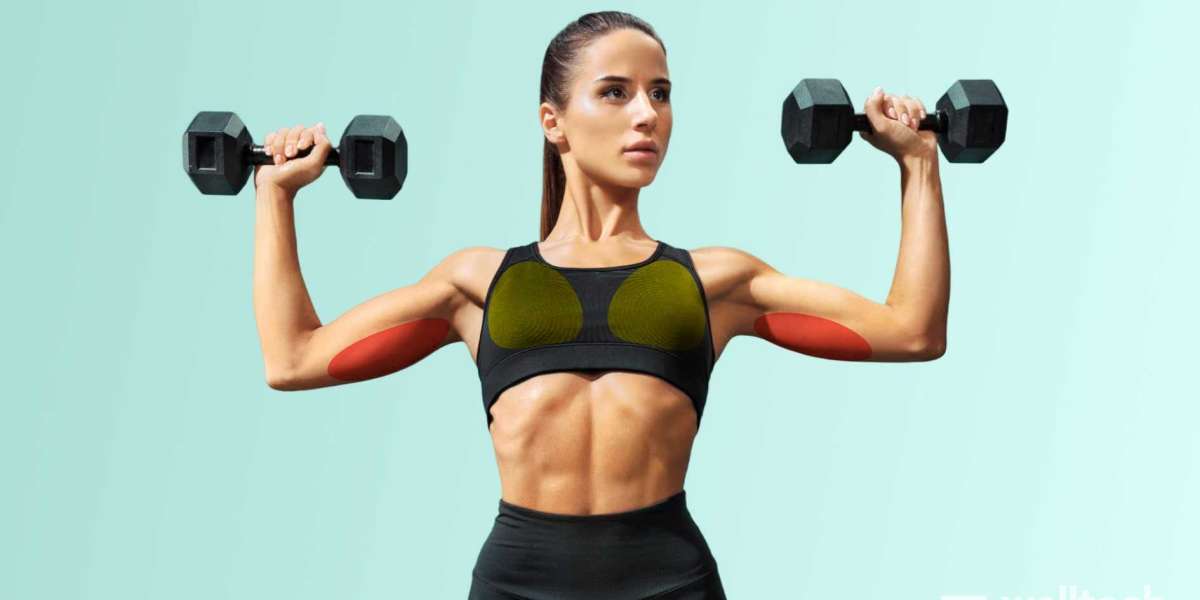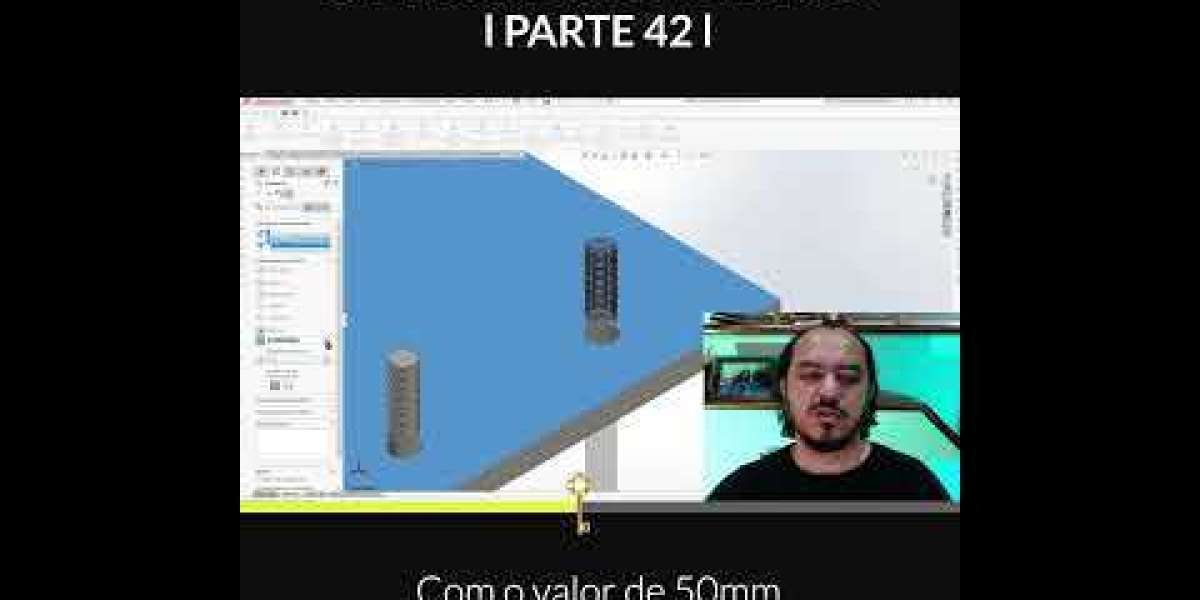Best Back Exercises
Training your back muscles effectively depends on your body type and experience level. While everyone’s body is different, there are a few popular exercises that many people rely on to build a bigger and stronger back. If you want to make your back wider and thicker, choosing the right exercises is key. Let’s go over how to do that.
How to Choose the Right Back Exercise
There isn’t one "best" exercise for everyone because people have different body structures. Things like where your lat muscles attach, how long your arms are, and other factors affect which exercises work best for you. That’s why an exercise that works well for one person might not be as effective for someone else.
Here’s how to tell if an exercise is good for you:
You feel comfortable while doing it.
You notice progress when you add it to your workout routine.
You can feel your target muscles working, even with lighter weights.
You can gradually lift heavier weights without losing proper form.
Best Back Exercises
1. Pull-ups
Pull-ups are one of the best exercises for building back muscles, especially for increasing back width. However, proper technique is key. Many people focus on getting their chin over the bar, but for fitness purposes, the goal is to squeeze your shoulder blades together and mentally aim to touch the bar with your upper chest.
Focus on your elbows. They should stay close to your body and move behind you as you pull up. The width of your grip doesn’t matter much; a grip that forms a 90-degree angle between your arms is generally most comfortable. A grip that’s too wide or too narrow can make the movement less effective.
Tip: To make pull-ups easier, bend your knees and cross your legs. This reduces swinging and helps you pull your chest to the bar, not just your chin. Imagine pulling the bar toward you rather than pulling yourself up to the bar. This mental trick can improve your form.
2. Deadlift
While often listed as a back exercise, the deadlift actually targets your legs more than your back. The back muscles play a supporting role, helping you hold the weight, but most of the effort comes from your legs.
However, the deadlift is still useful, especially for beginners who want to build overall muscle mass. It works the trapezius muscles (in the upper back) and the back extensors. The big benefit for beginners is that the deadlift lets you lift heavy weights, which helps build overall body strength and muscle.
So, while the deadlift isn’t purely a back exercise, it’s great for skinny beginners who want to bulk up quickly, as it targets both the legs and back. Since the legs make up a large part of your body mass, building leg strength can help boost overall muscle growth.
3. Bent-over Barbell Row
This exercise is excellent for targeting the back muscles without involving other muscle groups. It allows you to focus entirely on building your back. The only downside is that it can be hard to hold a lot of weight in the starting position, and if you don’t start with the right posture, you risk injuring your spine.
To avoid injury, don’t lean forward too much. Instead, try a Yates row, which involves holding the barbell with a reverse grip (palms facing you) and tilting your body at a 65 to 80-degree angle. This position is safer and still works your back effectively.
Tip: Don’t focus on bending your arms. Concentrate on moving your elbows back behind you and squeezing your shoulder blades together. The goal is not just to pull the barbell to your waist, but to move your elbows as far back as possible to fully engage your back muscles.
If your biceps get tired, try not to fully straighten your arms at the bottom of the movement. Keep a slight bend in your elbows to take some strain off your biceps while still working your back.
Final Thoughts
You don’t need to do 6-8 different exercises to build your back. Two or three well-chosen exercises are enough. The key is to find the ones that work best for your body. You can only figure that out by trying different exercises and seeing how your muscles respond.
Make sure to include both vertical (like pull-ups) and horizontal (like bent-over rows) movements in your workout. Beginners should focus on mastering the three basic exercises listed above—pull-ups, deadlifts, and barbell rows—before moving on to other exercises. These foundational exercises will help you develop strength and technique that you can build on later.







